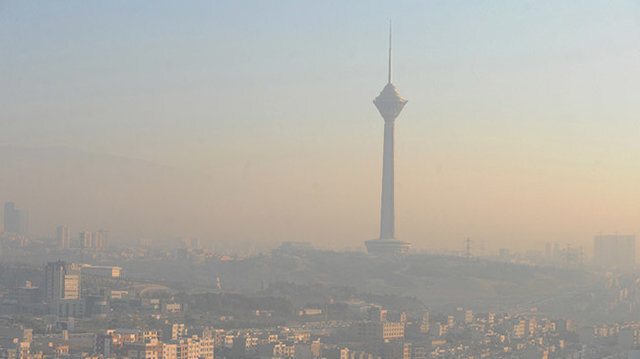Iran's air quality improving over past decade

TEHRAN – The exposure of Iranians to particulate matter less than 2.5 microns (PM2.5) in 2019 decreased by about 3.4 micrograms per cubic meter compared to 2010, according to the 2019 World Air Quality Report.
This is while ozone pollutants in Iran increased by about 5.9 one part per billion (ppb).
Air pollution constitutes the most pressing environmental health risk facing our global population. It is estimated to contribute toward 7 million premature deaths a year, while 92 percent of the world’s population are estimated to breathe toxic air quality (WHO, 2016).
In less developed countries, 98 percent of children under five breathe toxic air. As a result, air pollution is the main cause of death for children under the age of 15, killing 600,000 every year (WHO, 2018). In financial terms, premature deaths due to air pollution cost about $5 trillion in welfare losses worldwide (The World Bank, 2016).
Regionally, South Asia, Southeast Asia, and West Asia carry the highest burden of fine particulate matter (PM2.5) pollution overall, with only 6 of 355 cities included meeting WHO annual targets in these areas collectively.
The majority of the most polluted cities and countries included in this report are located in the South Asia region. The region includes 30 of the top 40 most polluted cities and four of the five most polluted countries. Only one city in this region (Sanandaj, Iran), out of 147 cities with monitoring data in 2019, met WHO targets for PM2.5 levels.
Some 13 Iranian cities are also listed among the top fifteen clean cities in the region, while eight Iranian cities top the list.
Iran ranked 27 for average PM2.5 concentrations in the world country ranking, while the capital city of Tehran is listed 24 in the world regional capital city ranking.
PM2.5 concentration is widely regarded as most harmful to human health. PM2.5 is defined as ambient airborne particles which measure up to 2.5 microns in size. Its microscopic size allows the particles to enter the bloodstream via the respiratory system and travel throughout the body, causing far-reaching health effects, including asthma, lung cancer, and heart disease. Air pollution has also been associated with low birth weight, increased acute respiratory infections, and stroke.
Airborne particulate matter can originate from a range of sources. Combustion from vehicle engines, industry, fires, and coal-burning represent the most common man-made sources, whilst sandstorms, agriculture, and chemicals reacting in the atmosphere represent the most common natural sources.
FB/MG

Leave a Comment